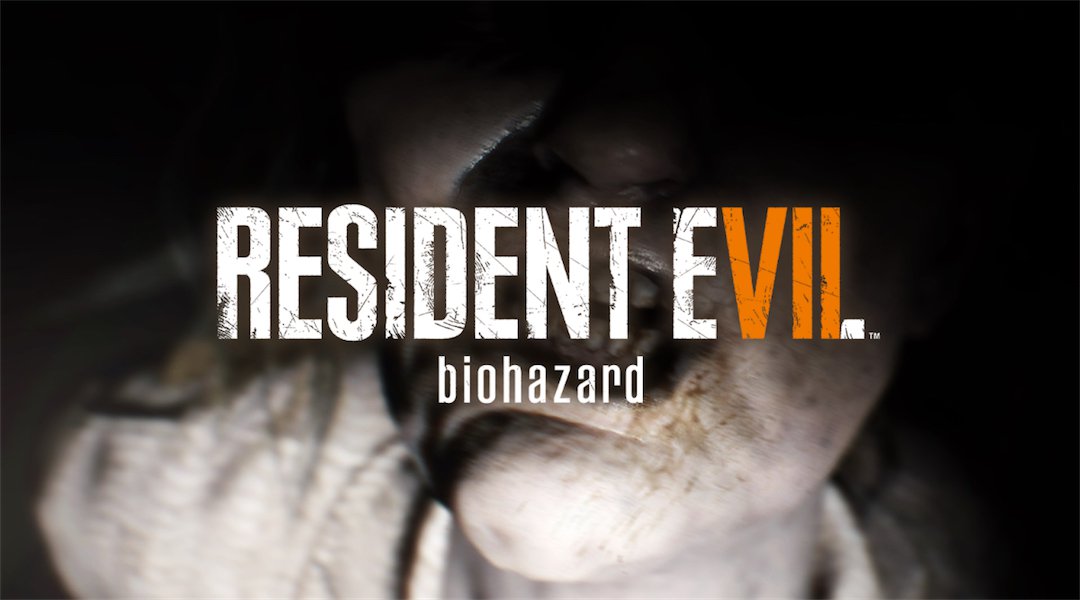
How Resident Evil 7 Connects to the Whole Series
By Dalton Cooper 26 January 2017
Even though it features a new location and protagonist, Resident Evil 7 connects to the previous games in the franchise in a number of different ways.
When Resident Evil 7 was revealed at E3 2016, fans were excited for its return to the franchise’s horror roots, but it wasn’t immediately clear how the game would connect to past Resident Evil titles. Its switch to a first-person viewpoint, focus on virtual reality, and use of new characters left many fans wondering how it could be called a Resident Evil game at all.
As it turns out, Resident Evil 7 is unmistakably a Resident Evil game, with a number of small references and big connections to previous games in the series. For those that have beaten the game and aren’t worried about spoilers, here are all the ways Resident Evil 7 connects to older Resident Evil games.
Albert Wesker

Ever since his shocking betrayal in the original Resident Evil, Albert Wesker has served as the main antagonist of the series. However, in Resident Evil 5, Wesker finally bit the dust, thanks to the combined efforts of Chris Redfield and Sheva Alomar, who used molten lava and rocket launchers to kill him. Wesker may be dead, but his legacy lives on in Resident Evil 7, as the weapon players use to defeat the final boss, the Albert-01R handgun, is likely named after him.
Chris Redfield

For the majority of the game, there are no returning characters in Resident Evil 7. However, that changes during the last five minutes when protagonist Ethan Winters is saved by none other than Chris Redfield. Chris’s appearance is brief, but it sets the stage for the probable sequel, not to mention the upcoming Not A Hero DLC that is set to star the former S.T.A.R.S. and BSAA agent.
Classic Sound Effects
This is a minor throwback, but it’s a neat reference nonetheless. After completing the ‘Happy Birthday’ tape puzzle, players have to input the numbers 1408 in a keypad to pursue the maniacal Lucas Baker. Some fans may notice that the sound effects heard when using the keypad seem to be pulled straight out of Resident Evil Code: Veronica.
Nods to the Original

Ever since Resident Evil 7 was revealed at E3 2016, it’s been said that it would bring the franchise back to its roots. This is accomplished by reverting the gameplay from being action-oriented to playing more like a classic survival-horror title, and by littering the Baker family plantation with references to the very first Resident Evil game.
Among other things, players encounter a foreboding staircase with a creepy white door at the bottom that looks exactly like the kitchen entrance in the first Resident Evil. In the same mansion as this familiar basement door, players can find a painting hanging in the main hall that depicts the Arklay Mountains, better known as the area where the first Resident Evil game takes place.
If all that weren’t enough, one of the game’s many hidden files also makes reference to the first Resident Evil game. In the kid’s room, players can find a note about the Baker family plantation’s construction, which seems to suggest that George Trevor, the architect that built the infamous Spencer Mansion, also played a role in building the strange hidden passages that the Baker family utilize.
Umbrella

Perhaps the biggest way Resident Evil 7 connects to past games is its inclusion of the Umbrella Corporation. While the Umbrella Corporation was said to have been dismantled between the events of Resident Evil 3 and 4, the corporation makes its presence known at the end of Resident Evil 7 when a company-branded helicopter saves Ethan Winters, and depending on which of the two endings players pursue, his wife Mia as well. There are many unanswered questions about the Umbrella helicopter and the company’s new role in the franchise, but more information should come to light in the sequel.
Writings by Familiar Characters

Eagle-eyed series veterans may notice a number of files in Resident Evil 7 that serve as direct references to characters or events from the franchise’s past. For example, in the den next to the kitchen at the beginning of the game, there’s a book written by Clive R. O’Brian, also known as the head of the BSAA.
A little bit later on, in the main hall, players can find a newspaper article sitting on a table. The article is about the people that have gone missing around the Baker family plantation, and it’s written by Alyssa Ashcroft. Ashcroft is a survivor of the Raccoon City incident, and was a playable character in both Resident Evil: Outbreak spinoff games.
The final file that serves as a direct reference to past games in the series isn’t written by a familiar character, but it does make direct reference to the events of Resident Evil 2 and 3. On the ship that players have to explore at the end of the game, they can find a newspaper that talks about the aftermath of the Raccoon City incident for those that survived the nightmarish ordeal.

Now that Resident Evil 7 has hit store shelves, it’s clear that fans didn’t have any reason to worry about whether or not it would feel like a true Resident Evil game. These references tie it to the Resident Evil universe established by the previous entries, not to mention there’s some major story developments involving important franchise characters like Chris Redfield and organizations like the Umbrella Corporation. Time will tell just how important Resident Evil 7 is to the franchise’s lore, but from what we can tell, it is an integral addition to the story.
Did we miss any classic Resident Evil references that you spotted? Let us know in the comments below!
Resident Evil 7 is available now for PC, PS4, PlayStation VR, and Xbox One.
